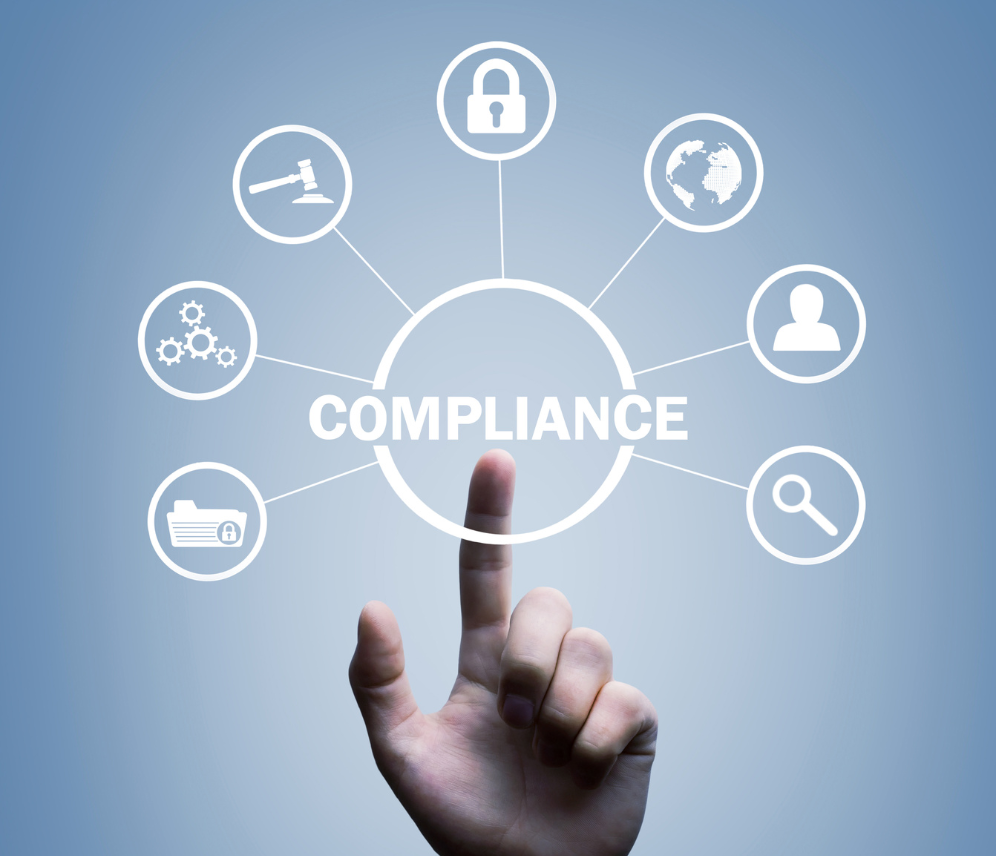ASTM E2239 International Compliance Testing for Consumer Products
The ASTM E2239 standard provides a comprehensive framework for testing the electrical resistance to moisture ingress (ERMI) of consumer products. This service is particularly crucial for manufacturers aiming to comply with international regulations and ensure product safety.
The primary goal of ASTM E2239 is to assess whether electronic devices can withstand exposure to moisture without compromising their functionality or causing potential hazards. Moisture ingress can lead to short circuits, corrosion, and other failures that may endanger users. Compliance testing ensures that products meet the stringent requirements set by international standards.
The process involves subjecting specimens to controlled conditions of temperature, humidity, and pressure to simulate real-world scenarios. The test measures how much moisture penetrates into the product’s internal components over a specified period. This is critical for electronics manufacturers who must adhere to global safety norms such as those set by the IEC or regional standards like those in Europe (EN) and Asia.
The testing procedure requires meticulous preparation of specimens, which include ensuring that all connections are clean and properly assembled. The apparatus used for this test includes environmental chambers capable of maintaining precise temperature and humidity levels. These chambers can simulate various environments found in different regions around the world.
Once the specimens have been subjected to controlled conditions, they undergo detailed analysis to determine their resistance to moisture ingress. This involves measuring electrical resistance before and after exposure to ensure no significant change has occurred due to moisture penetration. Acceptance criteria specify that for a product to pass, its resistance should not decrease by more than 30% compared to the initial measurement.
ASTM E2239 testing is essential for companies operating in multiple countries or regions as it ensures consistent quality across all markets. By adhering to this standard, manufacturers can gain confidence that their products will perform reliably under diverse environmental conditions and comply with relevant international regulations.
The detailed nature of ASTM E2239 makes it an indispensable tool for ensuring product safety and reliability in today’s interconnected global market. It helps protect consumers from potential hazards while maintaining the integrity of electronic devices.
Scope and Methodology
| Test Parameters | Description |
|---|---|
| Temperature Range | -10°C to +45°C (14°F to 113°F) |
| Humidity Levels | 20-98% RH |
| Pressure Conditions | 10 kPa to 60 kPa (0.75 psi to 4.5 psi) |
| Test Duration | Up to 12 hours per cycle |
The ASTM E2239 testing process involves subjecting electronic devices to controlled environmental conditions that simulate real-world scenarios where moisture ingress might occur. Specimens are placed inside an environmental chamber capable of maintaining precise temperature and humidity levels within the specified ranges. Pressure is also applied using a vacuum pump or similar device.
The test typically consists of multiple cycles, each lasting up to 12 hours. During each cycle, specimens are exposed to varying combinations of temperature, humidity, and pressure conditions designed to mimic specific environmental stressors encountered in different regions globally. After completing all cycles, the specimens undergo thorough inspection to assess any changes in their electrical resistance.
Electrical resistance is measured both before and after exposure using specialized equipment such as multimeters or impedance analyzers. Any significant reduction in resistance indicates that moisture has penetrated into the internal components of the device, which could pose a risk if not addressed.
Benefits
- Achieves compliance with international safety regulations and standards
- Ensures product reliability across various environmental conditions
- Promotes brand reputation by demonstrating commitment to quality assurance
- Reduces liability risks associated with non-compliant products
- Facilitates easier market access in different countries without additional certifications
- Saves time and cost by identifying potential issues early in the design process
- Improves product longevity and performance over extended periods
The ASTM E2239 testing procedure offers numerous advantages for manufacturers. Primarily, it ensures that products meet stringent international safety regulations, thereby protecting both consumers and producers from liability risks. By achieving compliance early on, companies can avoid costly recalls and reputational damage.
Furthermore, this testing process promotes brand reputation by demonstrating a commitment to quality assurance. Manufacturers who comply with such standards often find themselves in higher demand due to their reputation for reliability and safety. This translates into increased sales opportunities and customer trust.
Industry Applications
- Cosmetics
- Electronics
- Fitness & Sports
- Household Appliances
- Medical Devices
- Telecommunications Equipment
- Toys and Games
The ASTM E2239 standard finds application across various industries where consumer products are exposed to moisture. Cosmetics, for instance, must be able to withstand humidity without compromising their texture or efficacy. Similarly, electronics need protection against condensation inside devices like smartphones and tablets.
In the fitness and sports sector, equipment such as heart rate monitors and watches should remain functional even after being subjected to sweat and rain. Household appliances like washing machines and dishwashers face constant exposure to moisture during use. Medical devices must also be robust enough to handle sterilization processes which involve high humidity levels.
The toy industry relies heavily on ASTM E2239 testing because toys are often left out in the elements or come into contact with water during playtime. Ensuring that these products remain safe and functional under such conditions is paramount for manufacturers.





